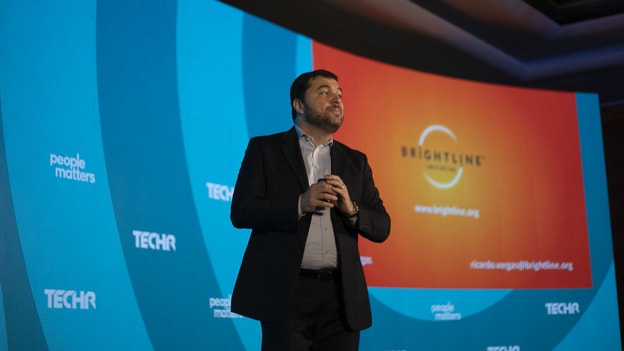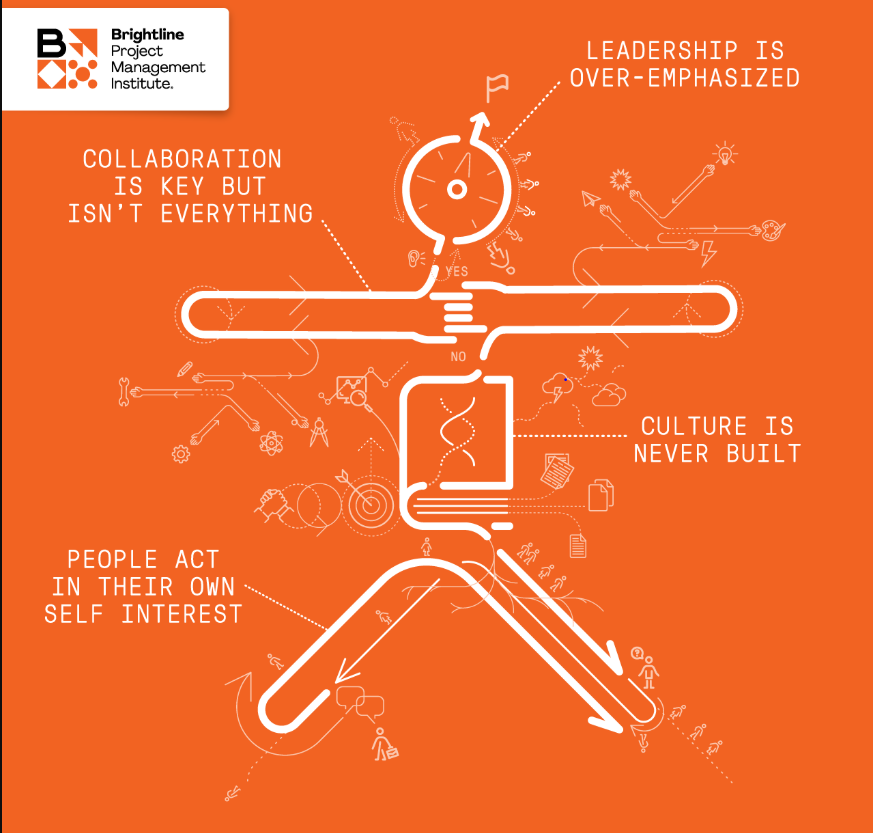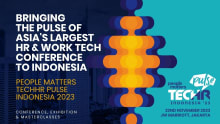The post-COVID People Manifesto

“Create an environment that creates a constructive way for people to contribute”
This week we were absolutely thrilled to host Ricardo Vargas, Executive Director of the Brightline Initiative, join us for two Masterclass sessions this week for People Matters Sandbox. The Sandbox is a virtual community by-invite-only for CHROs and their leadership teams focused on the advancement of People & Work. The Sandbox programming aligns to larger trends and business topics (not HR) and links it back to implications in the business of people & work.
This month’s theme focused on how execution and people alignment to business performance needs a very different outlook in the post-COVID world and how as CHROs we need to redefine the People Manifesto.
In addition to founding Brightline, Ricardo has written fifteen books, directed the United Nations Office for Project Services (UNOPS) Infrastructure and Project Management Group, created a documentary on refugees in Jordan, and runs a podcast with over 5 million listeners. His interests are wide-ranging, his vision is sharp and his impact just incredible!
Ricardo’s infectious passion and enthusiasm cannot be emphasized enough. Over the course of the sessions we conducted together, we were lucky enough to have him walk us through some of Brightline’s most recent research. With its provocative and trailblazing themes, Brighline’s People Manifesto concepts are almost uncannily applicable to our current, disrupted moment. “For those who are younger than eighty years old, we are living through the biggest challenge of our lives,” Ricardo said, pointing out that the pandemic was not just a public health challenge, but a “business issue, an organization issue and a leadership issue” too.
In an entirely transformed world, groundbreaking ideas are more essential than ever. But ideas are nothing without execution. And execution cannot happen without people. Let’s take a look.
The Brightline People Manifesto
This innovative set of ideas challenges preconceived notions, recasting the ways in which organizations can and should understand their most complex but valuable asset—people. “We are not providing solutions,” Ricardo says, “but we have produced four bold and polemic statements to make people think about what is going on.”

1. Leadership is Overemphasized
You might ask, how can the importance of an organization’s senior-most members ever be overemphasized? It comes down to follower-ship, Ricardo says. “Many leaders,” he says, “do not know when it’s time to follow.”
This point is relevant on many levels, but has a particular resonance during the pandemic. As Ricardo highlights, a leader who tries to lead in absolutely everything, “is like me trying to be a doctor."
At this time, “we need to follow the ones who are able to lead us through [the crisis].” In his native Brazil, Ricardo points out that President Bolsonaro fired the country’s health minister 80 days ago. “Why? Because he disagreed about the size of the disease.” This is an example of when leadership could becomes counterproductive in the face of someone with more experience and expertise. Oftentimes, it’s best to defer, even for leaders.
There is so much strength in being a follower. “It’s great to identify that someone else has a greater competence to address the issue you have in hand,” Ricardo says. “You don’t need to lead on everything.”
Ultimately, “while we are conditioned to believe we must always lead to be valued, there is also a time and a place to follow.”
2. Collaboration is key, but isn’t everything
“I’m not discussing whether or not you should collaborate,” Ricardo says. “But you need to allow people to do their own work.”
As part of the Manifesto, Brightline emphasizes that “when the task requires it, teams can break down silos, add diversity to the creative process.”
Ricardo points out that, while we spend hours a day in Zoom meetings to prove to our teams we’re working in collaboration, people absolutely “need time to develop, absorb, and approach their work,” he says. For this, they need the authority to make decisions, to be confident working alone.
3. Culture is never built
“You cannot create a blueprint and say ‘we will change the way our company behaves globally. Let’s create a checklist, let’s do a two-day training and everybody will think differently. This is naive. This is not how culture works,” Ricardo says.
Rather, company culture is a living and dynamic organism that grows and shifts over time, taking into account the interests and passions of the people who work there.
Now more than ever, culture and strategy are entwined. However, “coupling culture with strategy is a complicated and never-ending endeavor,” the Manifesto outlines. You need to get people on board.
Ricardo quoted a favourite Brazilian author to illustrate how change is best brought about when individuals understand what those changes mean to them. “People love to talk about change, but they hate change. People love to say ‘my company needs to change everything!’ but when asked to make changes in their area, their response is ‘why? I’m good!”
In the end, culture cannot be designed with checklists and blueprints. However, culture also shouldn’t be left to chance. How do we strike the right balance?
4. People act in their own self-interest
This point may seem controversial. Surely, we think, people are better than acting in their self-interest? However, acting in self-interest doesn’t necessarily mean people are being selfish.
As Ricardo points out, “people do great things, but people do great things because it’s good for them.”
“People are trying to protect what they believe. If I’m moving my organization towards a certain direction, but you have no interest in going in that direction. What happens? You’ll become one of the 85 percent who are disengaged.”
To avoid this, companies must meet people in the area they’re most interested in: themselves. This applies more broadly to the impact people want to have in the world: their motivators, their interests, their tolerances, their mindsets—all of which influence how they behave. Ricardo points to his daughter, who is studying to become an engineer, who has “no interest in becoming a billionaire,” but wants to create a better, more sustainable, inclusive world—a common desire for young people of her generation. “Companies that can fulfil these interests a little bit more, will be more attractive,” he says.
“I’m not saying people are selfish and only think about themselves. Thinking about helping others is in your own best interests.”
How now, Ricardo asks, can we “create an environment that creates a constructive way for people to act?”
We received myriad responses from all of you to these concept—many of which really challenged the ways we approach leadership, collaboration, culture and people as a whole. One thought that really struck us was this from Ricardo:
“There is no such thing as work-life balance. In the end there is only life.”
All the more reason to put our heads together and strive for a world in which we can enjoy the ways in which life and work intersect! This was truly an illuminating and inspiring work leaving us with so much to consider.

















